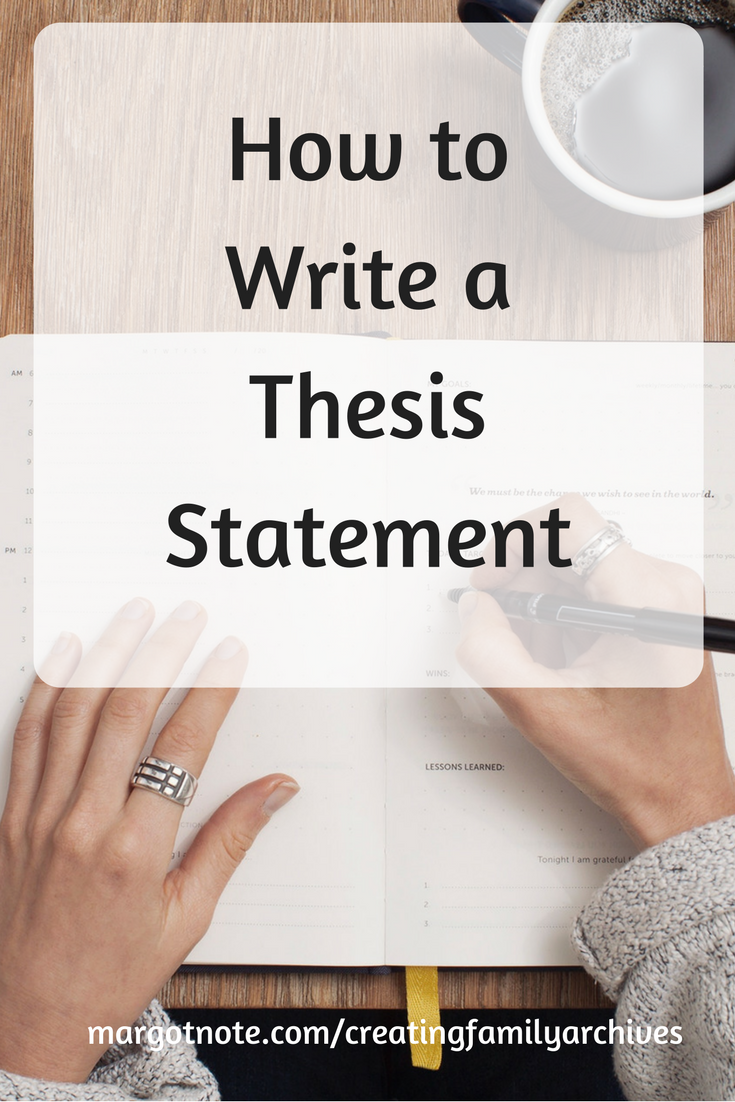A thesis statement is a sentence declaring what your essay is going to contain. It proposes the position you are going to argue for in your paper. It presents the topic of your writing and also comments on your position on the issue. Your thesis statement provides a roadmap for you as you write your paper, and it also helps your reader follow your argument as it develops. It lets your reader have an easier time understanding your argument.
Your thesis statement should come at the beginning of your paper, usually near the end of your introduction.
A good thesis statement has several characteristics:
It asserts your point of view. A thesis statement expresses a position and sets up the rest of the essay to convince the reader that point of view is correct. It makes a promise to the reader about the scope, purpose, and direction of your essay.
It justifies discussion. A thesis statement claims that others may disagree with it and is therefore worth debating. A thesis that states the obvious is boring and doesn’t allow you to develop an argument. Life is too short for limp thesis statements!
It expresses a single main idea. Limiting your thesis statement to a single idea makes your paper easier to follow and understand. It’s easier to develop a paper around a central, sole idea than around a complex one.
Developing a thesis statement takes time. To develop a thesis statement start with a topic that interests you, and work toward narrowing it down as you research. Consider if you have enough evidence to support your argument. It may take several iterations before you find a specific thesis statement that you can support.
When you have a glimmer of a thesis statement in mind, gently ask yourself, “So what?” Continue to query yourself. “How might answering this question help us understand something important? I wonder who might be interested in seeing this question answered. How might it change their thinking?”
I find, for myself and my students, that we can begin writing with a thesis statement in mind, and we refine it as we continue writing. In an ideal world, you would determine the thesis statement first then outline your argument. However, I think many scholars figure out the nuances of their case as they write and research. Often, I start with a half-baked thesis statement and find that the statement becomes clear as I complete my first draft. Remain flexible as you write because your thesis may change as you develop your paper.
Once you have a draft, go back and check to see if your thesis summarizes the paper you have already written. If not, be open to the idea of adjusting the thesis to bring it in line with the content of the paper. You may need to go through the process more than once as you refine your argument.
A strong thesis statement reflects strong ideas. It signals a writer who has intelligence, commitment, and enthusiasm and who also presents a unique point-of-view.











